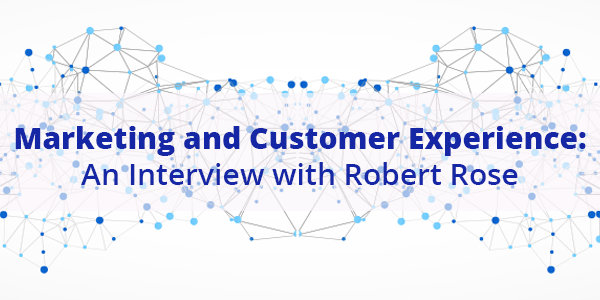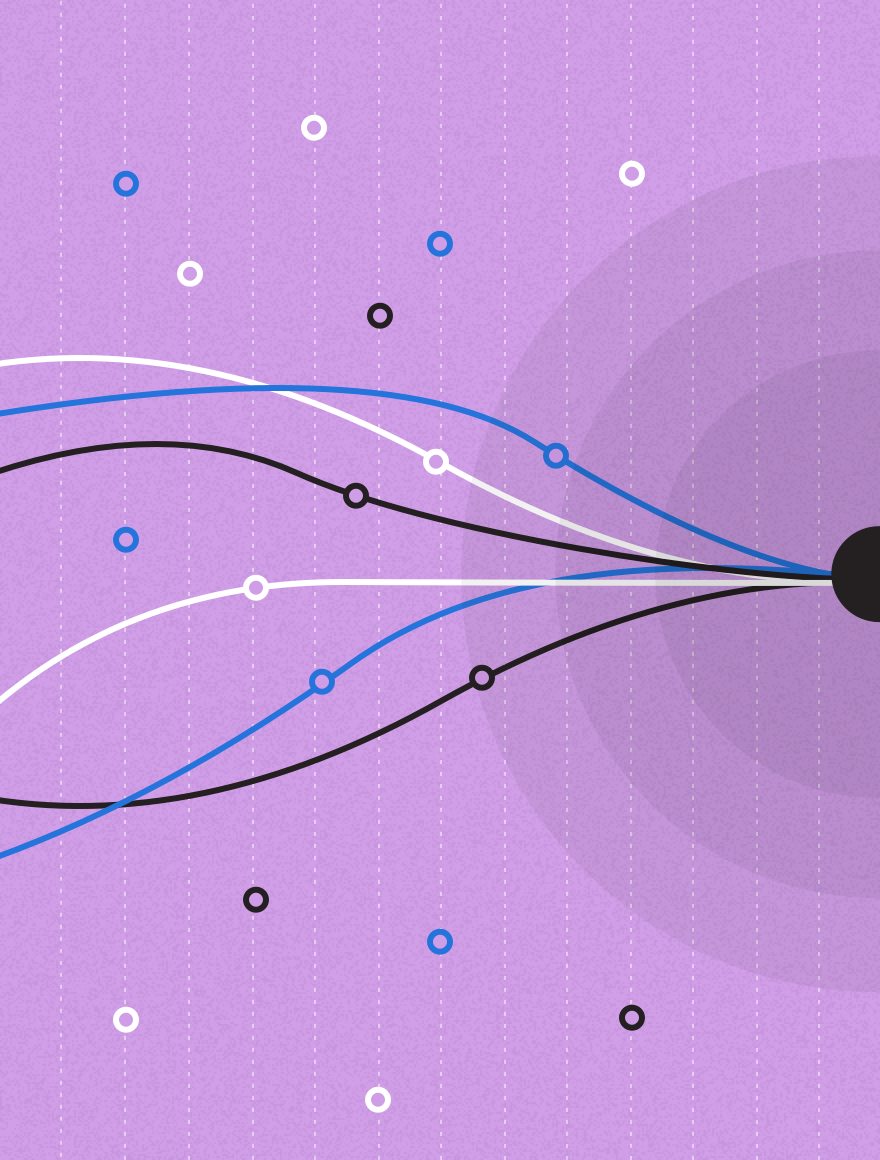Customer experience. It’s the new focus of modern marketers—and the latest in the hot-to-trot topics that everyone’s talking about, but few know how to execute.
Here’s the beauty of customer experience: you probably have the people and the content in place, you just need to align all of these disparate pieces.
How do you actually do this, and what does it take to deliver a truly high-quality customer experience?
To find out, we asked Robert Rose, content marketing strategist, author, and speaker, to share his thoughts. And you won’t find a more qualified man to speak to the topic. He’s worked with enterprise companies to drive marketing results, and literally wrote the book on customer experience (It’s fantastic. Add it to your reading list.).
Check out what I learned below.

Anne Murphy (AM): Why should B2B marketers make customer experience a priority?
Robert Rose (RR): Because it may be the only differentiator they have left.
Whether or not you believe the now famous SiriusDecisions statistic of some two-thirds of the buying decision being made before sales gets a call, one thing that is clear is that creating a differentiated experience at some point prior to that sales call is imperative. In other words, it doesn’t matter how much of the buying decision is made prior to the sales person getting the call—our job as B2B marketers is to convince our prospective customer that the change enabled by our solution is a positive one.
Customer experience may be the only differentiator left
It only stands to reason that if WE are the ones to convince the customer that they should change, then they will also more likely choose us as the ones to BE that change. So, building a content-driven experience that educates, inspires (or both) is truly the way to not only accommodate those customers who are looking to change, but also those that may not be ready yet.
Related Content: Chapter 1: Consistency in the Customer Journey
AM: What are the elements of an effective, marketing-driven customer experience?
RR: The key ingredient is a collection of content that builds value. One of the biggest mistakes I see B2B organizations make is simply make their “resource center” a collection of content types. “Here, browse our white papers,” we say. Or, “please click here to review our 100 webinars.” Imagine going into a library and them saying, “on the first floor you’ll find all our paperbacks.”
That isn’t building an asset of value. This is simply dumping individual content assets into a repository.
A great marketing-driven customer experience is something worth subscribing to. In other words, if I get asset #1 WITHOUT providing my contact information, I want to sign up for the second because I anticipate it will be great. That’s when you’ve created a subscriber, rather than simply extracted data from a person who may or may not be interested in more content.
AM: How have new technologies and channels impacted the customer experience, either negatively or positively?
RR: Technologies and channels haven’t impacted the customer experience. It’s our use (or misuse) of them that has.
As consumers, we utilize the technologies and channels that are most convenient (and enjoyable) for us to find the things we want to engage with. I’ll often hear at a conference something to the effect of “Nobody uses < FILL IN YOUR FAVORITE TECHNOLOGY OR CHANNEL> to <SOME ACTION>. That’s true of course, except the fourteen people who actually DO exactly that. Social is a great example of this. As B2B, we often look at social channels as apples to apples; platforms which people use to share content with their networks. But of course, different people use different channels for different purposes. Why I use Facebook is entirely different than why I use Twitter, which is entirely different than why I use LinkedIn or Pinterest, or Snapchat etc…
Now, the challenge is that most B2B marketing departments have scaled around technologies and channels. We have social teams, web teams, email teams,mobile marketing teams, social CRM teams, and on and on, which has created this weird competitive set between the teams. What happens is we solve small problems, like how many followers, or shares, or likes, instead of BIG challenges.
So ultimately, the B2B marketing department’s response to new technologies and channels has impacted the customer experience by making it about the channel rather than the experience. In other words, we worry so much that we’re doing the right kind of marketing on the channel or technology that we forget about creating the right kind of customer experience on the channel.
AM: What are the biggest obstacles marketing execs face—particularly at enterprise companies—in delivering a consistent customer experience, and what are the first steps they should to take to deliver an effective customer experience?
RR: To quote the great Michael Porter, the “essence of strategy is choosing what not to do.” The biggest obstacle is usually cultural, and figuring out what we can STOP doing.
In many businesses, the idea of producing more and more content is at such a fever pitch that it’s often hard to just stop, take a step back, and ask ourselves what we’re actually building. In many cases, the marketing department is so afraid of NOT producing that new one-sheet, or case study, or brochure, or website update, that they simply don’t have time to focus on reducing the amount of content, keeping the focus on quantity. There’s this weird deal we make with ourselves where we convince ourselves that producing more somehow reduces the risk of any one piece of content, and thus, we have a better chance of some of it resonating with customers.
This is a mistake. The first step executives truly need to take is understanding what they are building with content. A year from now, when you look at your content production what will you have? The most interesting blog? The industry-defining resource center? The most inspirational magazine? The differentiating tool set? What is it? If the answer is simply 1,000 pieces of collateralized content – then the business should simply stop and reboot.
